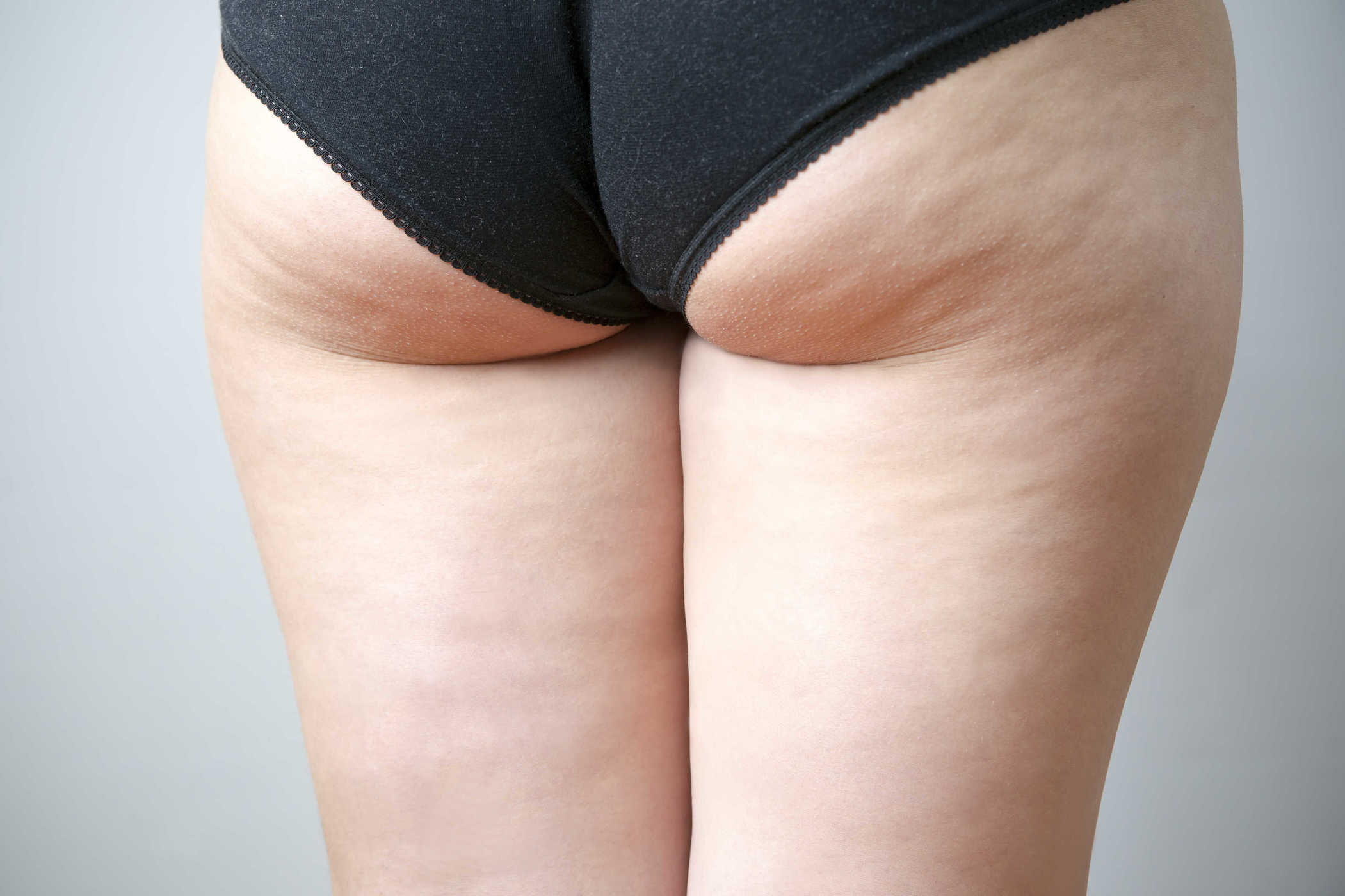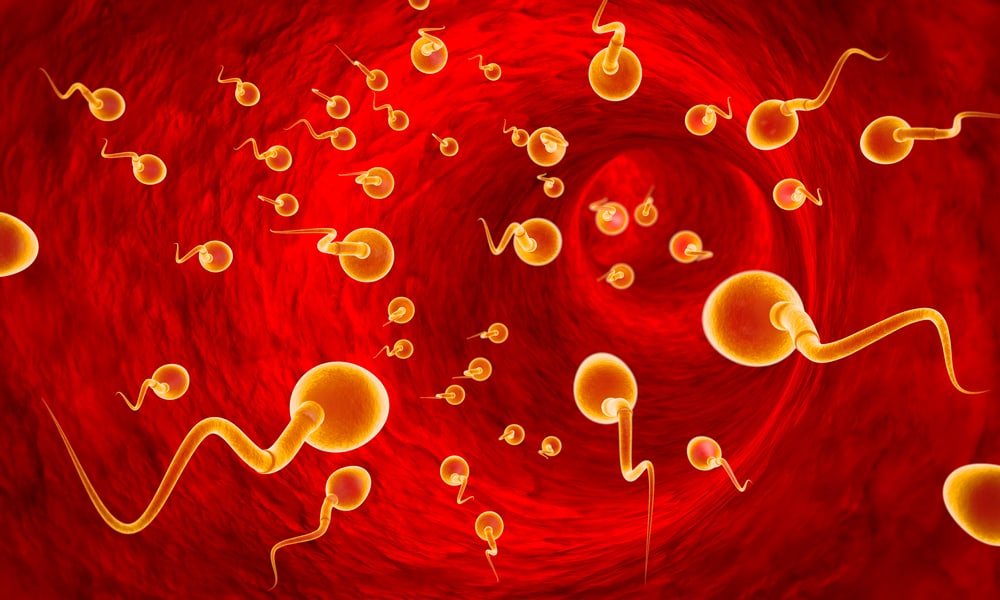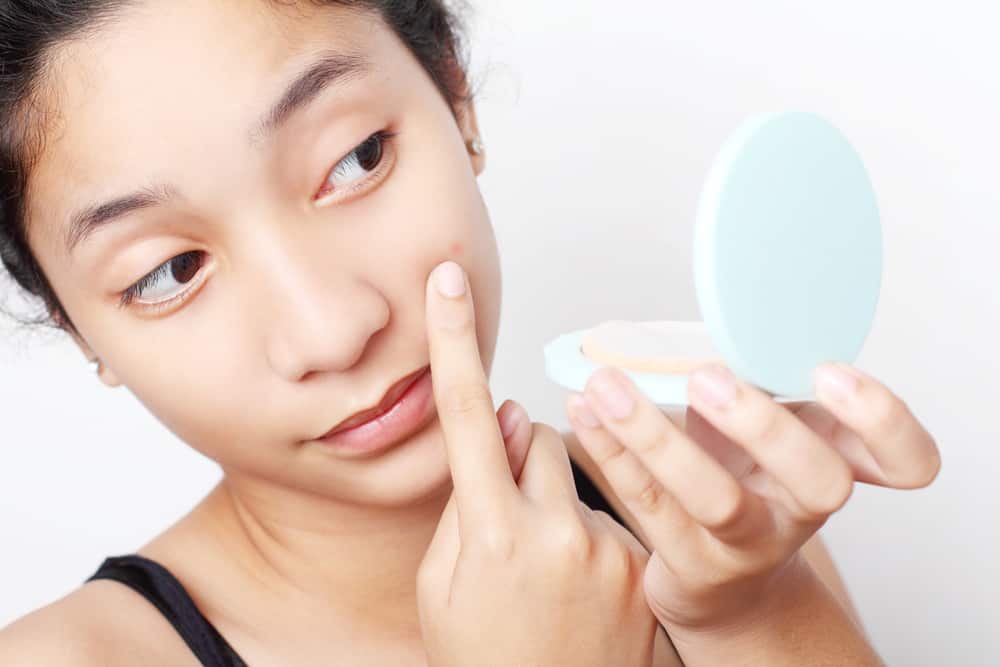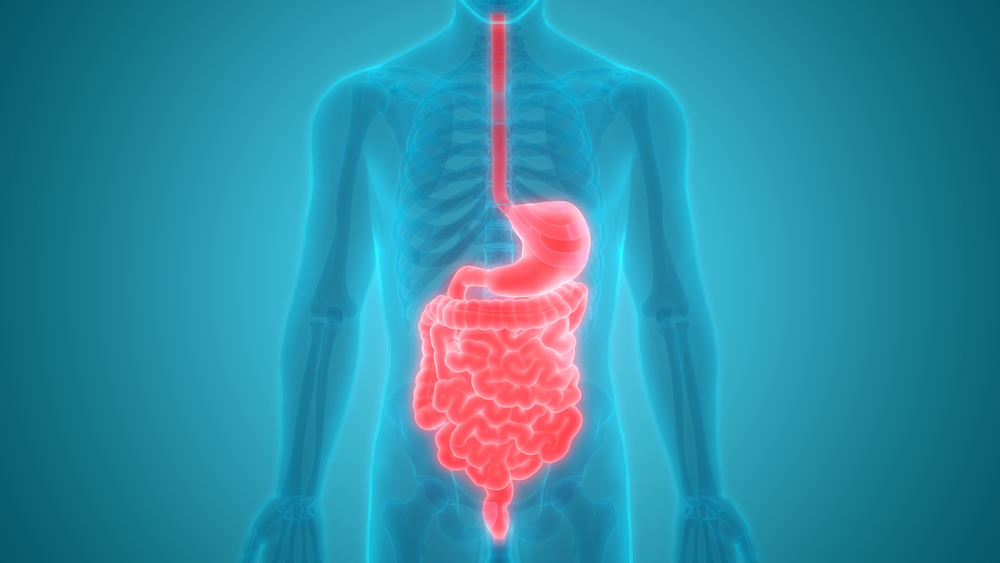Contents:
- Medical Video: Workouts for Women : How Do I Get Rid of Cellulite through Exercise?
- The cause of cellulite is not fat
- Why do almost all women have cellulite while men are rarely?
- The older you age, the worse your cellulite gets
- How to eliminate and disguise cellulite appearance
- Cellulite cannot be completely removed
Medical Video: Workouts for Women : How Do I Get Rid of Cellulite through Exercise?
You may have seen cellulite, or even have it in your thighs, buttocks or arms. But do you really know what cellulite is?
Many people think that cellulite is fat deposits. There are also those who say that cellulite consists of poisons and excess water trapped under the skin. However, the truth is, cellulite is a condition that affects the appearance of the skin in areas with fat deposits (most clearly in the buttocks and thighs), which makes the skin appear dimmed and bumpy.
The cause of cellulite is not fat
Fat is actually not responsible for the appearance of thick, bumpy cellulite. In some situations, fat can actually be a thing that beautifies the body. In fact, facial fat is what makes you have the fast, runny cheeks that you see in young people. Plastic surgeons even charge high fees for injecting fat into the area of a patient's face and body. In fact, fat injections are sometimes used as a treatment to improve cellulite appearance.
So, what makes cellulite different from "normal" fat? It's the structure of the skin above it and the connective tissue structure below that determines whether the area has a smooth, wavy or cellulite appearance.
Why do almost all women have cellulite while men are rarely?
Have you ever wondered why men rarely have cellulite, even when the man is fat? Or why does a fat little child not have cellulite? But in women, even the very slim ones usually have cellulite?
Although cellulite tends to get worse with the increasing amount of fat found in certain areas of the body, cellulite can affect even the thinnest women. The reason is that even though fat deposits do worsen the condition, fat itself is not the main cause.
Under the skin, lies a layer of fibrous connective tissue that serves to attach the skin to the muscles below. In most men, the connective tissue is arranged crosswise or diagonally, in a smooth and continuous pattern.
Women's connective tissue is another story; this tissue is arranged vertically (perpendicular to the skin). Therefore, fiber belts (called septa) tether the skin to the underlying tissue at certain points, which in turn creates a separate "fat space" for pressing on the skin while the fiber belt pulls the skin down.
The difference in the regulation of connective tissue (coupled with the fact that men usually have thicker skin than women) explains why far fewer men have cellulite than women.
The older you age, the worse your cellulite gets
When we are young, our connective tissue is elastic and elastic, stretches and adjusts to the skin so that everything remains smooth. Then puberty occurs, and hormones disrupt the connective tissue, making it stiffer and less elastic. At the same time, our fat cells tend to stretch in certain areas, pressing out on the skin.
As connective tissue fibers shrink and become stiff with age, they increasingly pull down the skin. At the same time, the increased fat deposits push out in the surrounding area. Combine these two events together, and the result is a skin surface that is bumpy and looks unattractive.
As we get older, the outer layer of the skin weakens, thins, and loses its elasticity. Gravity has a negative effect, and the skin starts to sag. Because the connective tissue septa remains intact and often shrinks and tightens further over time, the appearance of cellulite continues to deteriorate with age.
Another factor that aggravates the development of cellulite is the rise and fall of body weight. Repeated weight loss and weight loss cycles further skin elasticity, making cellulite more visible.
How to eliminate and disguise cellulite appearance
You can improve (not completely eliminate) the appearance of cellulite by living a healthy lifestyle. This means maintaining hydration, not smoking, and undergoing a reasonable diet and exercise program.
The combination of proper diet and exercise will reduce the layer of fat under the skin, making cellulite less visible. The right diet can also make the skin and connective tissue strong, healthy and more supple. In addition, maintaining hydration and eating properly will help prevent fluid retention (which worsens cellulite).
Exercise can help cellulite in many ways. Not only does it help keep fat levels low, exercise also increases blood circulation and muscle shape in areas that are susceptible to cellulite. Increased blood circulation will maintain healthy skin and connective tissue, and help eliminate waste and excess fluid retention.
Cellulite cannot be completely removed
You can go on the best diet and exercise program in the world, and still end up with cellulite. This is because the appearance of cellulite, the severity, and location of its appearance, are largely influenced by hormones and heredity.
Although there are several treatments and procedures that can somewhat improve the appearance of cellulite, there is no "cure" for cellulite. In fact, most cellulite drugs are no more than just placebo or just an empty drug. But as mentioned above, cellulite can still be disguised so it's not too visible. You can also try various natural ingredients to soften the appearance of cellulite.












